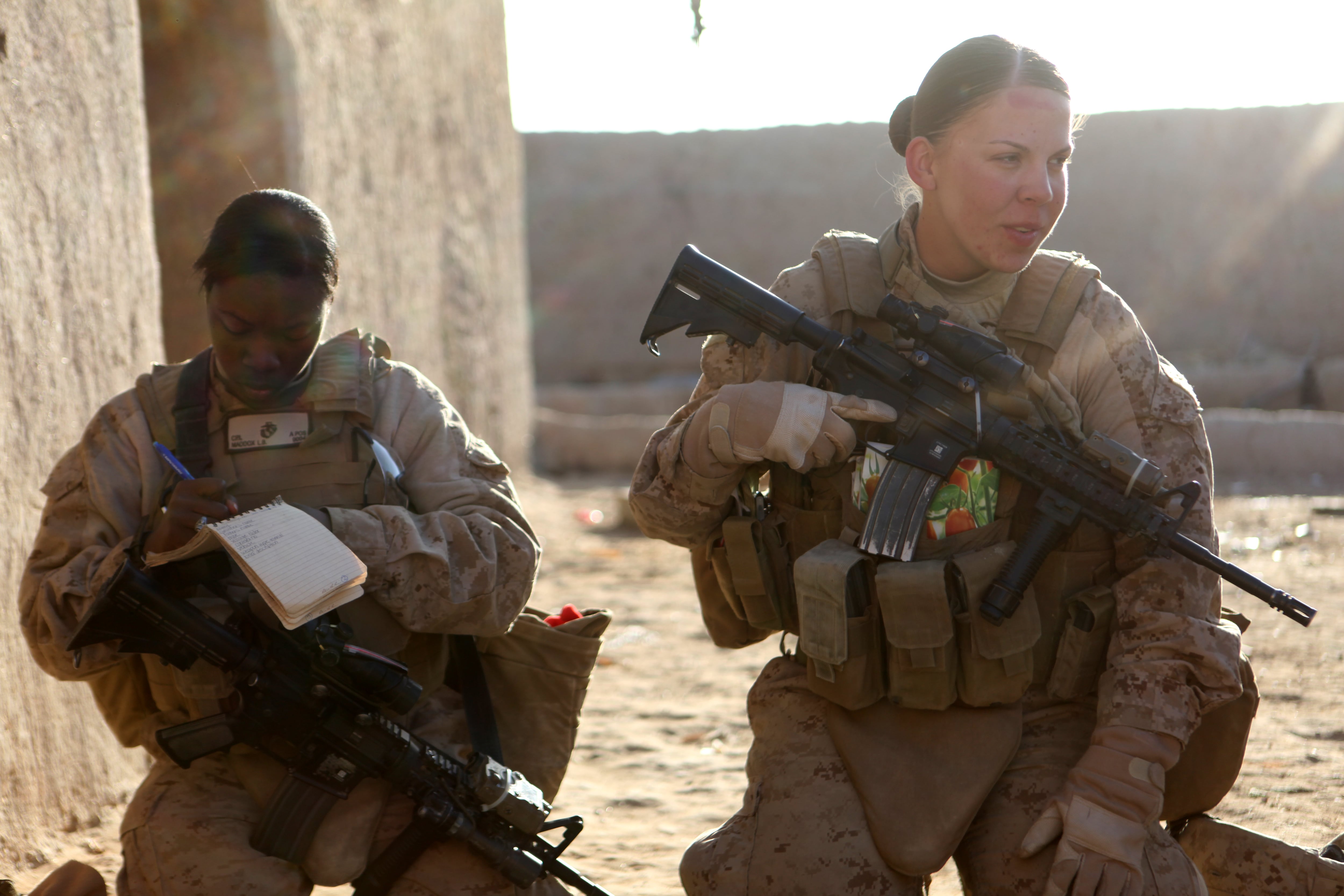While Lance Cpl. Heather Sedam cleared the women’s quarters of a compound in Sangin, Afghanistan, U.S. Navy SEALs raided a similar compound just over the Pakistan border.
In early May 2011, the war in Afghanistan approached its tenth year, marking the anniversary with the killing of Al-Qaeda leader Osama bin Laden. Although women weren’t yet allowed to serve in combat specialties, Sedam and her Female Engagement Team partner would learn of the terrorist leader’s death as they returned from a combat mission they weren’t supposed to be on because of their gender.
Over the 20-year war, thousands of women walked the same dusty footprints on the same bomb-riddled roads, flew combat missions and provided support the same as their male counterparts.
Their actions on those draining deployments, top officials said, led to the 2013 decision to open all combat roles to women, permanently intertwining the legacy of female service members’ performance while forward deployed with the ‘forever war’.
On the ground in Afghanistan
Sedam enlisted in 2008 and later volunteered to deploy on a FET, the Afghanistan-focused version of the Lioness program, which sent female Marines to Iraq to search and interact with local women. Local customs forbade contact between foreign men and local women.
Her brother, a Marine who served in combat in Marjah, Afghanistan in 2010, knew that although women were not yet allowed in the infantry, she would still be in the thick of it, Sedam said.
He told her to write an “If I die” letter to him, their brother and parents, and to tell only her teammate where she kept it. The act linked Sedam to a tradition among men headed to combat.
In early 2011, she deployed to Afghanistan with Alpha Company, 1st Battalion, 5th Marine Regiment. She and nearly four dozen other FET members spread across Afghanistan, accompanying infantry Marines on patrols, interacting with local women and children, and at times, quietly filling in when casualties rose.
A routine intelligence notice that a would-be suicide bomber was in a nearby village arrived that spring. The plan, she said, was that a few female team members would go with their 1/5 brothers in case women were in the compound.
While they searched the area, the suicide bomber detonated the explosive device, she said, minorly injuring a handful of Marines. Sedam and her team partner Cpl. Marquilla Vaughn, cleared the women’s quarters as other Marines gathered the bomber’s remains.
Even as Sedam and her team members faced the same dangers of combat as male Marines, their experiences often felt overshadowed by an ever-present stigma.
“The biggest issue that we came in contact with was the whole ‘women can’t be in combat bullsh*t’,” Sedam said. A good friend of hers now was an infantry sergeant at the time. When he first met Sedam and Vaughn while walking with a combat camera Marine, the sergeant looked annoyed and told the combat camera Marine, “I don’t like the company you keep.”
In addition to small incidents such as this, women were often denied the respect and honors they’d earned.
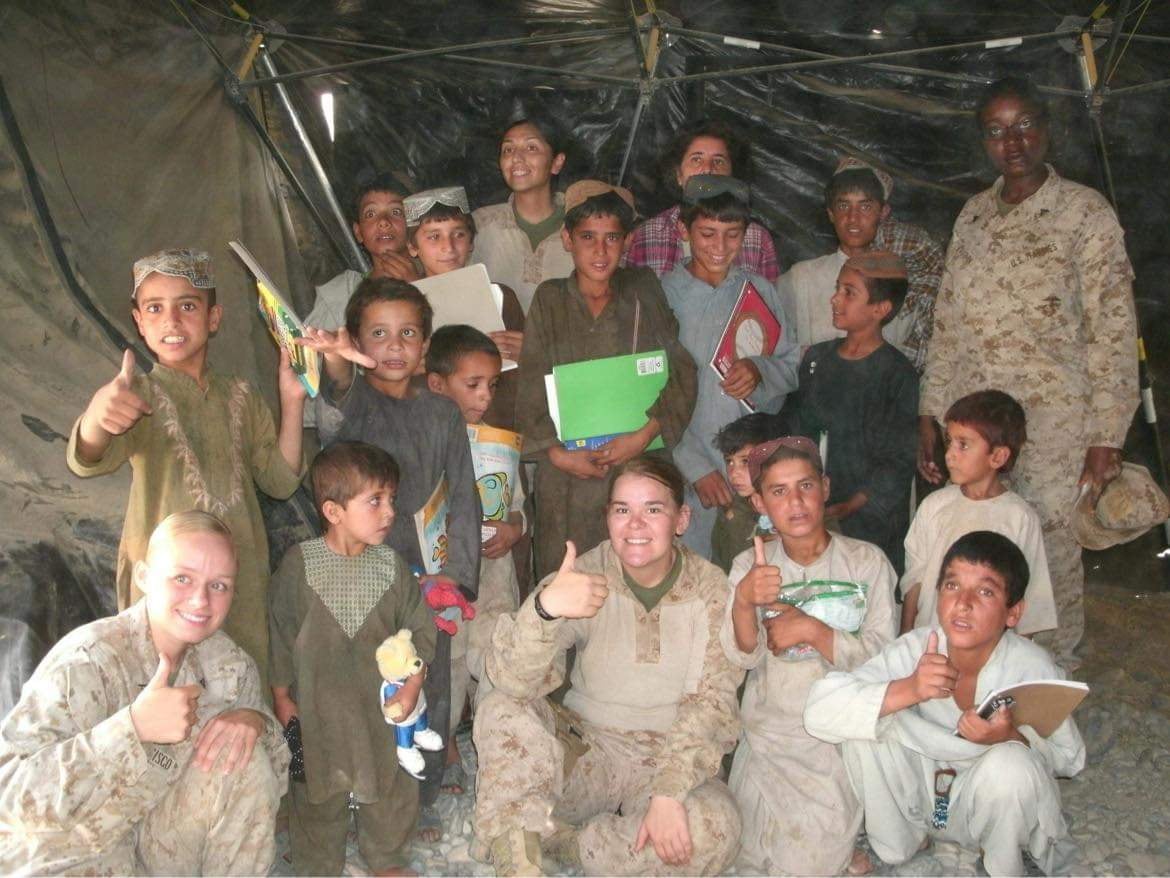
Even though Sedam said both she and Vaughn braved multiple fire fights, neither received the Combat Action Ribbon while in uniform. According to the Department of Veterans Affairs database, Sedam was awarded the ribbon years later, but Vaughn never did.
That outcome mirrored rumors the women heard on deployment that commanders were threatened with relief if any of the FET members were given the ribbon.
Despite insults Sedam faced overseas and later while stateside struggling with Post Traumatic Stress Disorder—a diagnosis she claims was ignored because Marines in her command didn’t believe she could have done the things she did—Sedam said she wouldn’t have done anything differently.
“At the time, I wasn’t supposed to be doing things like pulling rooftop security but guess who was doing it? These are your Marines, your family, and so at what point are you supposed to be like, ‘we’ve had so many casualties, but sorry about that, I can’t carry anything extra or stand post because I’m not allowed to,” she said.
Former Secretary of Defense Leon Panetta told Military Times that mindset, displayed by Sedam and other women serving in the Middle East, opened leaders’ eyes to their potential.
But Sedam’s simply proud of the roles that women played at the time, regardless of the future outcomes.
“It gave us an advantage, we were able to reach the other half of the population that the men couldn’t and even sometimes we got more out of the men than our guys did,” she said. “I’m thankful I got to be a part of it.”
She’s also grateful she can tell her 9-year-old daughter, who wants to join the Marines, “Look at what we did. There’s no limit on what you can do.”
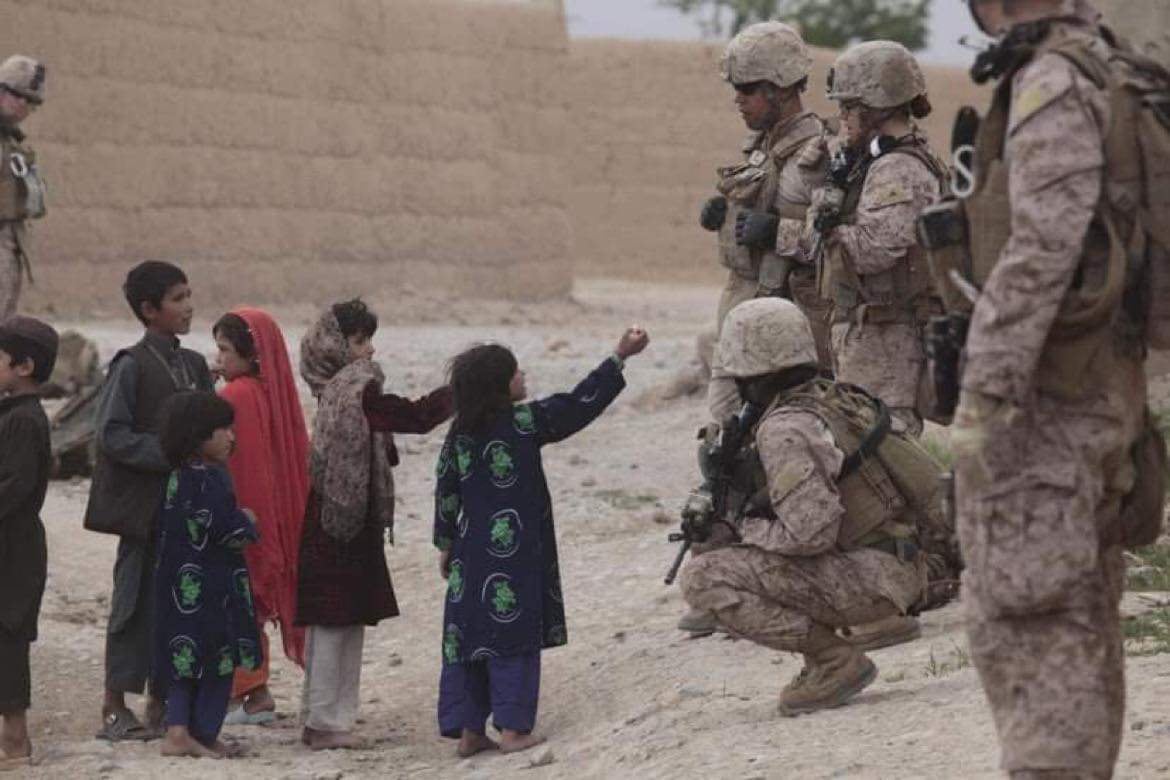
Already there
While women such as Sedam trailblazed new roles by serving on FETs, soldiers such as Nicole Alexander, now a lieutenant colonel, deployed in special operations units with jobs already open to women.
When Alexander—the current commander of 92nd Civil Affairs Battalion, U.S. Army Special Operations Command—joined the Army in 2004, however, she wanted to be a combat engineer.
“I wanted to blow things up and get after some of the IEDs,” she said laughing in an interview with Military Times.
At that time, women were not allowed to serve as combat engineers. She could only serve at a combat engineer battalion in non-combat positions, such as her job as support platoon leader.
Driven to do more, Alexander moved to civil affairs, part of special operations that interacts with locals to help build stable communities and relationships with U.S. forces. She has since deployed to Iraq, Turkey, Europe, Syria and Afghanistan.
Sometimes the only woman serving with Special Forces units, Alexander wanted to prove she belonged.
“I’ve had a really great experience in special operations in that men in the community, the SEALs, the Air Force, have all absolutely included and not discounted me because I was a woman,” she said. “Because of that, I’ve been able to lead other men and sorts of teams.”
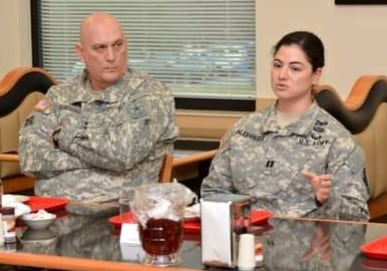
Because an effective police force could better deter Taliban efforts to block Afghan government reform, Alexander was tasked with recruited Afghans to join the Afghan National Police.
And although the Afghan view on women in positions of authority was not as progressive as those in the United States, she said she did her job well enough that, she received the same respect as her male comrades.
“I wasn’t only having to work women and women’s issues,” Alexander said. “The men on my team and the Afghans on my team absolutely trusted me with what I was supposed to do as a civil affairs officer and support the governance of Afghanistan at a local level.”
On her second deployment to Afghanistan, she worked with combat medics treating local women and children, offering care and medicine. She was the only American woman present.
The experience showed the ways male and female troops worked together in combat zones, she said, even before the end of the gender ban.
“It’s important to note that we were already in these fields, like civil affairs, that pushed us forward and into the thick of it,” Alexander said. She’s happy though to see that her niece is now serving as a combat engineer, as Alexander wanted for herself.
No guarantee of success or failure
While serving as Director of the Central Intelligence Agency and later as defense secretary between 2011 and 2013, Panetta routinely saw women serve in the most dangerous of roles in the War on Terror.
“I was going to a bunch of different combat areas in Afghanistan, particularly in the north and south, and in the course of doing that I had a chance to see a lot of women who were involved in one way or another in various operations there,” Panetta said.
A female helicopter pilot flew him across Afghanistan, and at bases were women serving as proficiently as their male counterparts, he said.
Between 2001 and 2021, more than 800 women were wounded and 152 died serving in the Middle East, two of them killed alongside 11 other servicemembers in the final days of the withdrawal.
“I was writing notes to the families of those who had been killed in action and I was finding myself writing notes to the families of women who were getting killed and it raised the question in my mind, ‘you know, these women are putting their lives on the line, why is it that they’re restricted from actual combat?” Panetta said.
Panetta told then-Chairman of the Joint Chiefs of Staff, Army Gen. Martin Dempsey of his new-found goal. Dempsey shared his faith in female service members, Panetta said, and began the mission to open the 10% of military jobs still not available to women.
The most pressing concern among each of the branches was maintaining standards.
Standards didn’t have to be weakened, Panetta said. They would be, and already were, being met and maintained.
“We didn’t guarantee success, we didn’t guarantee failure, but what we should do is guarantee that they have a chance to be able to serve in combat roles,” he said.
In early 2013, Panetta ordered the services to open all combat fields to women across the branches. In 2015, the defense department lifted the gender ban.
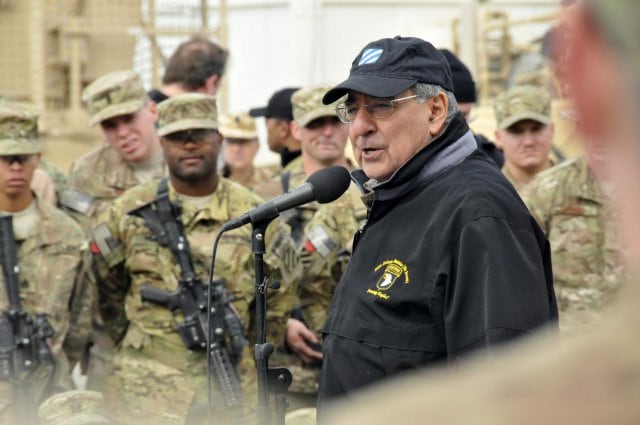
Legacy
Since 2001, women have met the countless challenges set before them.
Sgt. Leigh Ann Hester was the first woman awarded the Silver Star Medal for combat actions after her unit was in a 2005 fire fight in Iraq where she killed three insurgents and cleared a trench line along with her squad leader.
Spc. Monica Brown received the Silver Star for her deeds in Afghanistan serving as a combat medic, when, in 2007, she threw herself over casualties while taking mortar fire and continued treating fellow soldiers while under small arms fire.
Army Gen. Ann Dunwoody became the first woman in the U.S. military to reach the rank of four-star general in 2008.
“I’ve heard from moms and dads that see this promotion as a beacon of hope for their own daughters, and an affirmation that anything is possible through hard work and commitment,” Dunwoody said.
In 2015, U.S. Military Academy alumni 1st Lt. Shaye Haver and Capt. Kristen Griest became the first women to graduate from the Army’s challenging Ranger school. By March of 2020, more than 50 women had completed the elite course.
“I think if females continue to come to this course, they can be encouraged by what we have accomplished, but hopefully they’re encouraged by the legacy that the Ranger community has left,” Haver said in an Army press release.
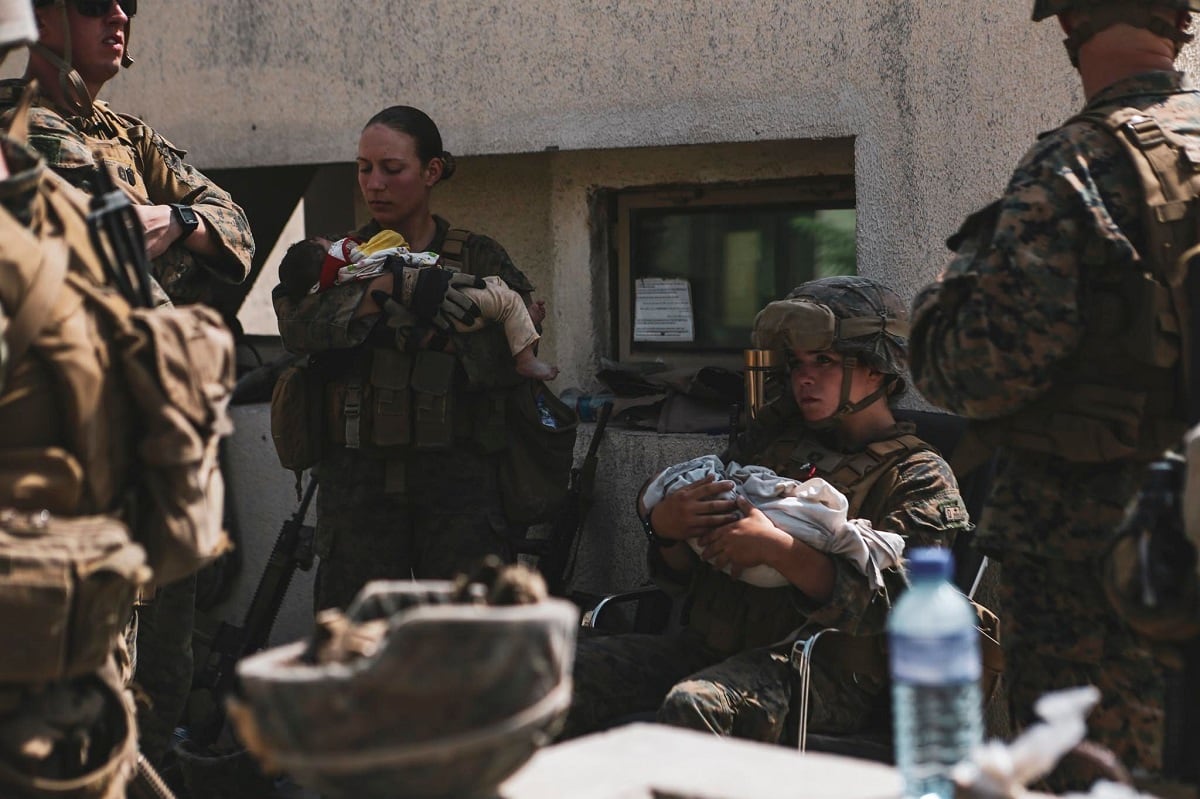
The Air Force’s Gen. Lori Robinson became the first woman to lead a combatant command in 2016 after being tapped to lead U.S. Northern Command.
The Marine Corps, the last branch to fully open up all combat roles with the approval of its gender integration plan in 2016, had 60% more women in 2019 holding roles in all-male units than they had one year prior.
Marine 1st Lt. Marina A. Hierl was the first woman to pass the arduous Infantry Officer’s Course in 2017. A year later she became the first female infantry platoon leader as Lt. Col. Michelle Macander took command as the Corps’ first female commander of a ground combat battalion.
Last year, the Navy saw its first woman pass the grueling 37-week course for Naval Special Warfare combatant-craft crewman. Seventeen women sailors had attempted the feat previously. The maritime branch also assigned Capt. Amy Bauernschmidt in 2021 as its first female commander of an aircraft carrier.
Before gender integration, special tactics jobs were the only Air Force positions closed to women. On June 23, an Air Force captain became the service’s first female special tactics officer.
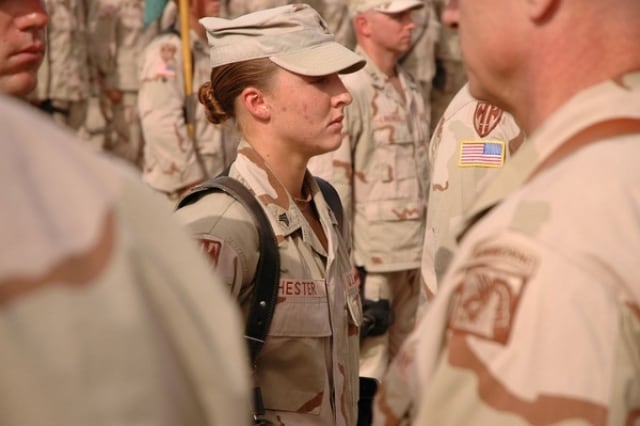
The successes of women filling combat roles have begun to mount despite the journey to fully opening all positions being neither quick or easy.
Women still face opposition and ongoing challenges such as fair integration in all areas, from de-segregating Marine Corps boot camp platoons to providing women’s health care at previously all-male units.
Leaders such as Panetta noted how female service members met the demands of what was called ‘a forever war’ and the challenges that arose in its aftermath.
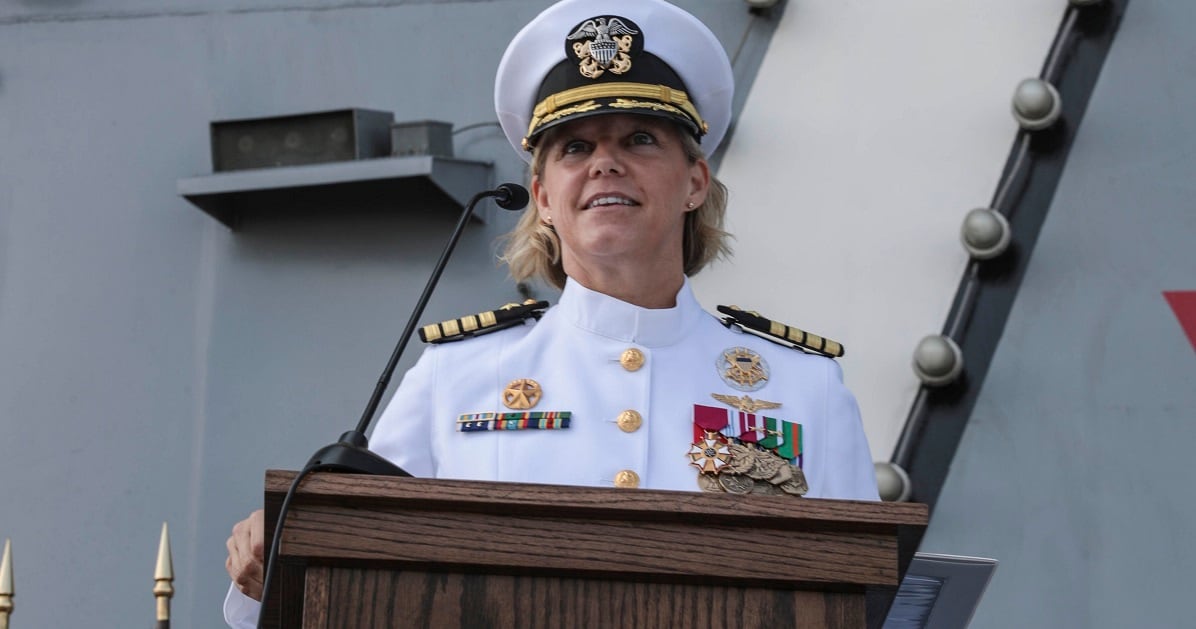
“I couldn’t be prouder of what [women] have done in really stepping up and accepting the challenge that was provided and what they will continue to do in the future,” Panetta said.
And for the women who were there, the roles they played from support to specialized missions feel like only the beginning.
“Twenty years of combat matters,” Alexander said. “Women had to go overseas, had to do it. And women that got to be a part of all of it, living in small villages, being a part of small teams, of the Green Berets’ Operational Detachment Alpha’s, proved that it’s possible that a woman and a man can live next to each other and be okay.
“I’m excited to see what comes next,” she said.
Rachel is a Marine Corps veteran and a master's candidate at New York University's Business & Economic Reporting program.
